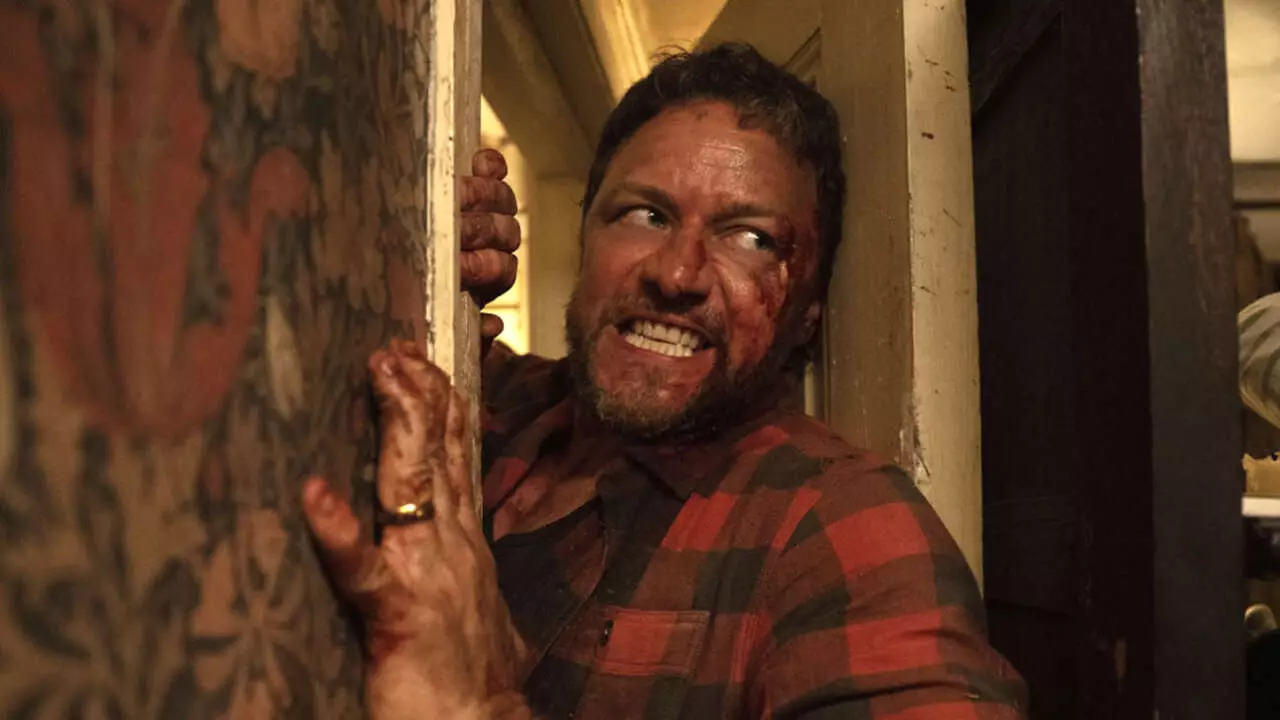The recently released American adaptation of the Danish horror film Speak No Evil has sparked discussion regarding cultural differences in storytelling, particularly within the horror genre. Despite its modest box office performance, the remake has generated significant conversation, primarily due to the contrasting narrative choices made by its creators. Christian Tafdrup, the Danish filmmaker behind the original, expressed dissatisfaction with the remake, criticizing its shift towards what he termed a “happier ending.” This highlights an ongoing debate about how cultural norms and expectations can shape film narratives, especially in genres that thrive on tension and discomfort.
Tafdrup’s original 2022 film, known for its haunting and bleak resolution, poses challenging moral questions and explores the depths of human depravity. The decision to have characters meet grim fates is emblematic of a narrative style that does not shy away from disturbing themes. In his candid remarks, Tafdrup articulated a critical viewpoint on American ideals, suggesting that his audience’s penchant for heroic tales often leads to predictable, sanitized conclusions. This commentary uncovers an essential truth about storytelling: the medium is often a reflection of the culture from which it originates. Such starkness in horror, while possibly uncomfortable, serves a purpose in exploring the darker elements of human nature.
A Shift Towards Optimism
Conversely, the American remake, directed by James Watkins, seems to pivot away from this heaviness, presenting audiences with a narrative that emphasizes resilience and the ultimate triumph over evil. Tafdrup noted that the remake felt “less dangerous,” implying that it caters more closely to American audiences who expect resolution and moral clarity from their cinematic experiences. The pivot to a structure that enables characters to fight back against their antagonists contradicts the original’s simplistic approach to moral ambiguity. The remake’s financial success, generating approximately $24 million worldwide compared to the original’s dismal $631,249, underscores the demand for content that aligns with prevailing cultural sentiments.
The contrasting receptions of the two films reveal a fundamental divergence in audience expectations. While Tafdrup’s vision resonates more with a European audience that may have a greater tolerance for discomforting narratives, the American audience appears more inclined towards narratives with neater resolutions. Therefore, Watkins’ decision to offer a more palatable ending can be viewed as a shrewd adaptation choice—one that prioritizes engagement with the audience over artistic fidelity to the original material.
As the landscape of cinema continues to evolve, the dialogue surrounding adaptations becomes increasingly vital. The Americanization of films often leads to compromises that evoke emotions aligned with society’s deeper cultural norms. The debate ignited by the differing conclusions of Speak No Evil speaks volumes about the broader complexities of adapting global narratives for a new audience. While commercial success is an undeniable consideration, the essence of storytelling may sometimes be sacrificed in the pursuit of box office achievements. In doing so, filmmakers must carefully navigate the line between creative authenticity and cultural expectations.


Leave a Reply